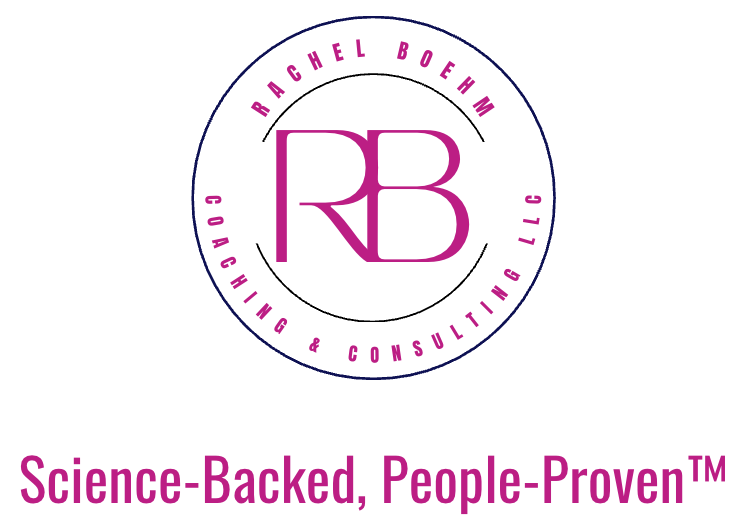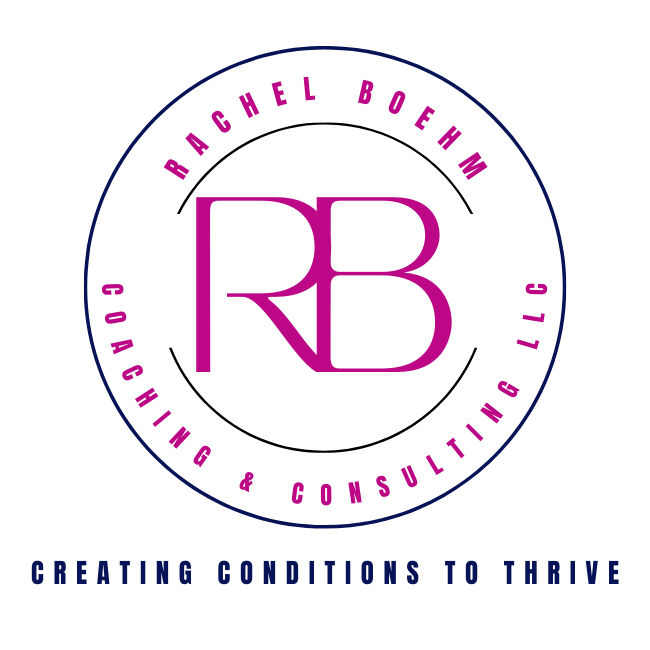Unaware and Overwhelmed: How Leaders Can Help Employees Facing Unrecognized Burnout
One of the most common questions I get is, how do I help my employee who is burning out but hasn’t said anything to me or doesn’t seem to realize they are burning out?
Burnout can be a sensitive subject, although the stigma is seemingly starting to wane. I wish I could tell you there is one best way to have this conversation, however, it depends on several factors, including the nature of your relationship with that employee and the culture of the organization (i.e. is it a psychologically safe workplace where they will feel comfortable having this conversation?).
Here are some general tips, though, that can help you put together an appropriate response. The most important message to convey is that you are having the conversation out of a genuine concern for their well-being not because you are concerned about the work getting done. You can of course be concerned about that, but the message cannot give the impression that it’s coming from a place of “get better to do your job”.
Tip 1: Schedule a 1:1
Hopefully, it’s obvious, but you don’t want to put the employee on the spot in front of colleagues. Schedule a 1:1 with them and have your questions and observations well thought out it advance. Some will say to start with complimenting the work they are doing before raising concerns. However, that can sound like the “compliment sandwich,” which can backfire or at the very least muddle the take-away message the employee receives. Recognition is important and can help prevent burnout, however formal and informal recognition should already be happening. If it’s not, that could be part of the issue however this conversation isn’t the time to pour it on.
Instead, you can make a simple statement about how valued they are to the team and tie that into why you have concerns you want to address with them so that you can support them. Questions you can ask to open the door to them realizing they are burning out and the effect it’s having on their and the team’s performance are:
• How are you feeling about your workload lately?
⁃ This helps you both explore whether the workload is manageable or leads to overwhelm. Excessive workload and unfair distribution of work are contributors to burnout.
• What aspects of your role have you found most energizing this (quarter, month, year, or over their tenure)?
⁃ This helps you explore a condition of burnout called cynicism or detachment. When individuals are burnt out they might show signs of withdrawal from their role or organization including, resentment towards clients, irritability, loss of idealism, pessimism, and indifference toward their job, colleagues, or the broader organization.
• What could I or the team do to make the day-to-day easier? Any roadblocks that consistently come up?
⁃ Here you are exploring what they might see as barriers to getting their job done efficiently. Alternatively, you can ask “Where do you need my support right now?”
The questions should speak to the signs of burnout you think you are observing and should open the door to the larger conversation. If you are noticing detachment, you could ask questions that address team cohesion, such as whether there is someone they would love to learn more from or whom they had more of a connection with. If you notice indifference, you can ask whether there are new skills they want to learn, what their longer-term career progression goals are, and whether they see alignment with the company’s vision and goals.
If they seem distracted or stressed or overwhelmed by situations in their personal life, and your company has an EAP program, you can say that you have noticed they seem to be struggling with stressors outside the workplace and want them to know that this is a supportive environment. Stress that they do not have to share anything they don’t want to but that there are resources, such as an EAP program available and you support them in making use of those resources. It’s possible that they did not know about the program, did not realize how visible their situation had become, and/or that they wanted to take advantage of the EAP but weren’t sure if you would support them taking the time to do so.
Another question you can ask if your company culture is in alignment with it is, “How do you feel about your work/life balance?” And you can, “Are you able to disconnect after work?”. This last question in particular only works if the organizational culture encourages employees to disconnect. If it’s an always-on culture, do not ask this question. Instead, as an organization or team, explore ways leadership can still meet their strategic goals while allowing employees to more regularly disconnect for recovery time.
Tip 2: Be an Active Listener
During this meeting, and in general, do not assume that you know the cause of their burnout. Burnout can stem from work factors, organizational factors, and individual factors. Examples include:
• Excessive workload or seemingly unfair distribution of work
• A mismatch between the employee’s skills and the work
• A mismatch between the employee’s values and those of the organization
• Struggles to prioritize or delegate
• Inability to set boundaries and enforce them
• An always-on culture
• Unclear chains of decision-making within the organization
• Poor physical health
• Low mental health
• No time for focused work due to constant meetings, open office plans, open-door policies as the norm, constant pings across chat features
• Lack of autonomy over their work (micro-management, or lack of flexibility in how, when, and where they work)
Using the questions above or other open-ended questions that convey you've noticed a change and you care about their well-being, try to understand how they perceive their workload, stress levels, obstacles, and where they fit into the broader organization.
Tip 3: Co-Create Solutions:
Discuss options to address the causes of their burnout that they have identified. Such as ways to improve their sense of work-life balance, improve workload distribution, clarify priorities and deadlines on various tasks, and improve team collaboration. Let them suggest changes that would be most helpful as a way to start this conversation. Be honest, however, about what you can deliver on. You will likely have to negotiate on some solutions. There will be things you cannot deliver on either because it will drive you to burnout or because it’s out of alignment with the company’s strategic goals. There is often a middle ground, work together to find it.
Solutions might affect the broader team. At that point, schedule a team meeting and have a team-wide discussion similar to the 1:1 you had with your employee, without identifying them or alluding to that conversation. Likely, the employee isn’t alone in how they feel, at least on some aspects of the work, and the team at large would benefit from an open conversation that identifies improvements in how they do their work individually and together.
Lastly, encourage all employees to take short breaks throughout the work day, use their PTO and truly disengage while on vacation. Role model this behavior for them so they know it isn’t lip service. If they see you prioritizing self-care activities like sleep, preventive doctor appointments, exercise, healthy eating, setting boundaries, taking your vacation time, delegation, etc. they will feel more empowered to do the same. That becomes a win for them, you, and the larger organization.
• Be patient: Burnout recovery takes time. Be supportive and understanding throughout the process (https://www.completepayroll.com/employer-guides).
• Follow up: Schedule regular check-ins to monitor progress and offer continuous support (https://www.cultureamp.com/).
Final Thoughts
Be patient and follow up. Burnout takes time to occur and time to recover from. Convey continuous support and schedule regular check-ins to monitor their progress. By doing so, and following the tips above, you can create a safe space for open communication and help your employees recover from burnout before it gets to the point where they choose to leave the team, the company, and even the industry.


